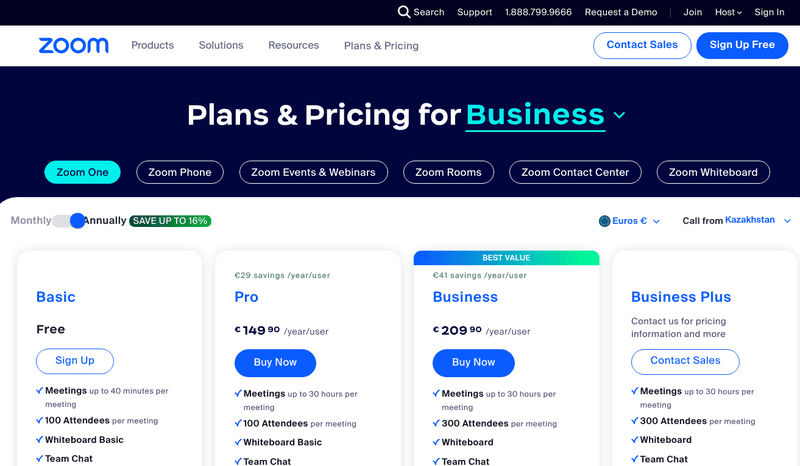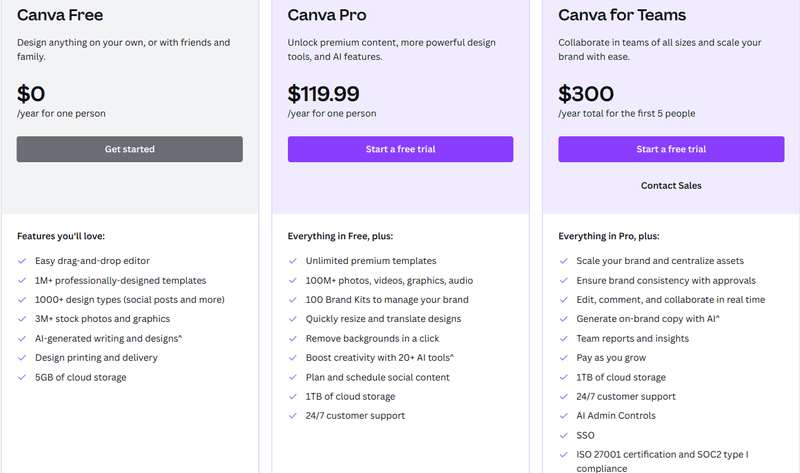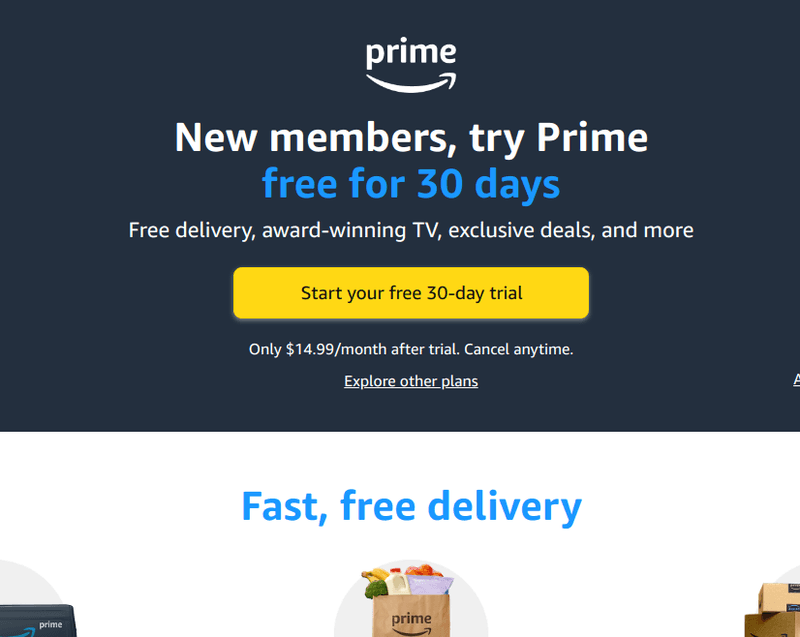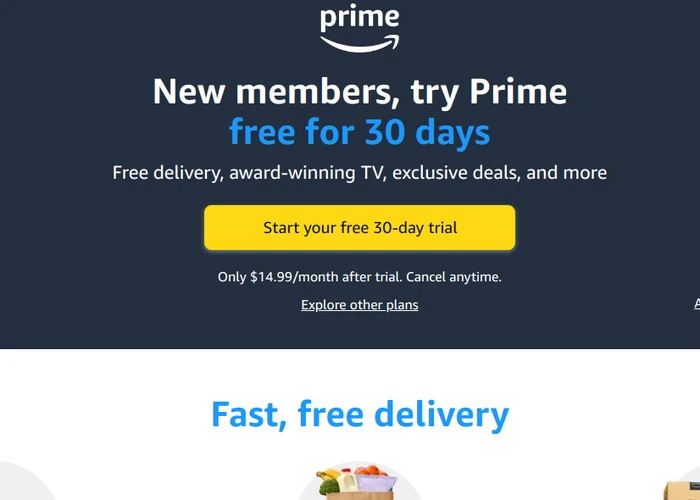What Is The Freemium Revenue Model? (Pros, Cons & Use Cases)
Feb 24, 2024
Believe it or not, allowing free access to elements of your digital product forever is a viable acquisition strategy. Discover how the freemium model works.
Marketing new products is challenging and expensive, from finding product/market fit to selling the product. Very few people want to gamble their money on your idea, no matter the story you are selling with your value proposition.
Founders in SaaS, games, and other internet-based businesses have found that you must give some of your product away before customers give you their money. Your product has to demonstrate its value.
This is the premise of the freemium revenue model, which we will expand on in this article.
What is the freemium revenue model?
Freemium is a customer acquisition strategy where SaaS tools and other internet-based businesses offer basic versions of their products for free, with the option to pay a subscription fee for the premium, more sophisticated features.
With this strategy, you are saying to the customer, 'We will let you test the product for free for as long as you want, but you have to pay to get the full experience'. The full experience is the premium, most desired features and the bells & whistles.
The freemium business model lowers customer acquisition costs by using the product to market itself. Instead of burning capital with ads and paid PR, cash-strapped startups attract users by giving them free access to features that provide a sampling of the product's value.

Free access to limited but essential features gets customers in the door but only some of the way into the building. The assumption is that customers will like what they see from the entrance hall and want to go all the way in. Once they are inside, they will not want to leave.
So, the free access attracts customers, while the product's value builds their loyalty.
The freemium model is suitable for web-based software and service programs. Examples of well-known companies that follow the freemium revenue model include Zoom, Slack, Spotify, and Google (Google Drive - cloud storage).
Why the freemium acquisition model works.
Customers are wary of spending money on products they have yet to test. So, offering them free access to a limited product version allows them to try it risk-free.
By giving free access, you remove the barrier that prevents most people from trying new products, which is the fear that they may waste money on a product they may not like.
People generally only experiment with new products if the product is revolutionary or the desire to solve a problem is intense.
How does the freemium model work?
The principle of freemium is that a good product will sell itself if only customers can try it. The best way to achieve this is to give away 'samples of the product'. Samples for virtual products and digital goods equate to limited free access.

How the freemium model works is simple. You decide which features you will offer for free and which customers can only access with a paid subscription. The free features are the essential services that make the product functional, but only enough for users to do casual, lightweight work.
The premium features, like cloud storage and export functionality for software tools, that allow users to do heavy-duty work will be hidden behind a paywall. There may also be higher tiers where users can unlock the bells and whistles of the product.
Offering a functional and yet limited version of the product for free allows customers to build habits around it. At the very least, this will make it harder for them to switch to a rival product. On a higher level, it will make it easier to upsell users to the paid tier.
The power of free
A lexical blending of the words 'free' and 'premium', freemium leverages the power of free. People are more likely to review a product more critically when they pay for it than when offered for free. The word 'free' boosts consumers' perception of a product. It makes a product appear more valuable than it is.
The boost in value perception has powerful benefits for new product marketing. It solves new product marketers' biggest challenge: getting large numbers of target customers to try your product. Unless they try it, they won't know how good it is, and you won't get them into your sales funnel.
But how much of a product should you give free access to for the freemium model to work?
Why there must be clear differentiation between the freemium and premium tiers.
For the freemium revenue model to work, you must balance opening up enough features to demonstrate the product's value and holding back enough functionality to entice users to upgrade to the paid tier.
The free version should be functional while holding back some value. Customers should be able to envision the product's full potential and value in subscribing to the premium tier.
The basic version of the product should be limiting yet functional enough to make users want more of the product. The product's core value should be clear; otherwise, customers will see no point in upgrading to the paid version.
Freemium users must quickly determine what value your product offers because value drives acquisition. The business model shines when you see it for what it is: an acquisition strategy, not a pricing model.
Thoroughly research your target customers.
The choice of the features you open free access to is more important than their quantity. For this reason, you should find out what features target customers value most.
Giving free access to the features customers desire most is a strategic error. You will struggle to upsell customers to the paid tier when they already get the functionality they need most for free.
You will only know which features to withhold from your freemium plan if you thoroughly research your customers. You can seriously distort your value proposition and mess up your product messaging if the free/paid features mix is wrong.
Freemium vs free trial; what's the difference?

A free trial pricing strategy allows customers to try all of a product's features for a limited time. Once the trial period is over, access to the product is cut; the customer either churns or upgrades to a paid plan.
On the other hand, the freemium model offers a limited set of a product's features for free forever or provides the complete set for up to a certain usage level. Customers get free access to a little product functionality for an unlimited time. The parts of the product or the amount of access the company allows free tier customers at a time is free forever.
With free trials, customers get free access to a product's full functionality for a limited time. Free trial periods for software tools range from 7 days a week to 31 days. The hope is that during that time, the customer will have validated the product's value promise and be ready to commit to a paid subscription.
So, which one is better, the freemium or free-trial model?
It depends on the complexity of your product. A complex product with a steep learning curve requires more time for users to understand the value, so a freemium model works best. Simpler, straightforward products will benefit from the urgency of a free trial offer.
What are the benefits of the freemium model?
The freemium model can work a treat when you approach it as an acquisition strategy, not a monetization model. Your goal with the strategy should be to get target customers into your sales funnel so you can demonstrate the product's value.
Here are the main benefits of the freemium customer acquisition model:
1. Removes friction for price-sensitive customers.
It takes more than a strong interest for some consumers to spend their money on a new product. The risk that the product may disappoint or fail to meet their expectations is often too powerful. The freemium model instantly removes the risk and pulls down this barrier.
2. Creates brand awareness.
The best way to create brand awareness is to get as many people to use your product. If the product delivers on your value proposition, those early users will help spread the word about your product. And the freemium model guarantees you a constant stream of new users and free word-of-mouth advertising.
3. Lowers customer acquisition costs.
The freemium model makes it easy to quickly build a large user base without spending a fortune on marketing. The free access helps attract customers by removing the risk of loss if the product does not deliver the value they envisaged.
What is the biggest weakness of the freemium model?
The freemium acquisition model can attract a large user base to your product quickly and at minimal cost, but it does not immediately translate to revenue.
Because there is virtually no risk for signing up, the strategy can result in many casual and idle users who have no desire to upgrade to a paid plan. Upselling these users too hard will cause them to churn.
Is the freemium acquisition model right for your product?
You can acquire customers for your SaaS tool or internet-based product in several ways. You can advertise heavily to build brand awareness and attract new users if you have the budget.
You can also offer free trials if your product's value is easily understood and you are sure the demand is there. If not, the freemium model is your best bet for acquiring new users fast.
Yes, they are only users or prospects at first; they will only become customers after they upgrade to a paid plan. But if the product is well-designed and fills a gap in the market, enough users will buy a premium plan and turn this into a real business.
However you choose to acquire customers for your digital or virtual product, you will need subscription management software to collect customer payments. In Kenya, Intasend provides the best automatic billing software on the market.
With our recurring billing software, you can easily create subscription plans and process customer payments on your website. We take care of your subscription management and payment collection processes so you can concentrate on perfecting the product and addressing customer queries.
Book a demo here to see how our subscription management software works.

